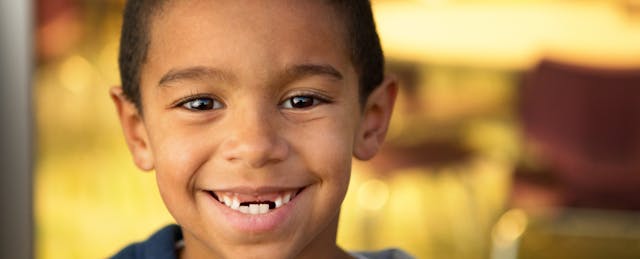If you’ve spent time instituting Stanford professor Carol Dweck’s work on mindsets in your classroom, you know that having a growth mindset is all about embracing the power of “yet.” Students may not know something yet, but that shouldn’t stop them from figuring out the answer, improving their skills, or meeting their academic goals.
At Edmentum, we believe that growth mindset goes hand in hand with personalized learning, an increasingly popular approach that aims to put students in control of their own learning.
We’ve put a lot of thought into how best to define personalized learning. It’s one of those buzzword phrases that has become popular to the point of ambiguity; everyone has their own interpretation. We think it’s most powerful when it’s kept simple: personalized learning is all about putting students in the driver’s seat. It’s an approach guided by innovative teaching, and supported by tools that pace learning to student needs, tailor instruction to student preferences, and align education to student interests.
This focus on individual students requires a high level of student autonomy and intrinsic motivation—which makes growth mindset a natural complement to personalized learning. A growth mindset involves two important pieces: 1) a deliberate focus on attaining growth vs. proficiency, no matter what students are working on, and 2) students’ beliefs that they have the ability to meet goals by changing how they approach new learning experiences.
When we think about this second piece, it’s easy to see how helping students shift their way of thinking can be a difficult concept to teach; after all, mindset isn’t a concrete skill that can be measured with a pop quiz or an essay. That said, it is an imperative element to ensuring students are able to achieve greater student agency and drive the course of their own learning.
So, how exactly does personalized learning fit into the equation? Let’s take a look at three key ways that a personalized learning approach promotes growth mindset.
A natural inclination for many educators is to equate growth mindset with encouraging effort. But that’s an over-simplification, and a slippery slope towards what Carol Dweck has termed "false growth mindset".
1. Effort in the right direction
Real growth is about more than just trying—it’s about putting forth sincere effort in a reasoned direction towards an understood goal. It’s about trying different strategies, seeking out and making use of feedback, asking for help, and analyzing the reasons behind successes and failures. In following this process, one can achieve a true growth mindset.
A personalized approach to learning can lay a great foundation to help you introduce growth mindset. Personalized learning plans for each student, when well-crafted, provide a framework to help students set, plan, and persist towards academic goals. They map out the learning a child needs to achieve to be successful in the classroom, and ensure her individual interests and passions play a role in strengthening her learning experience. Ultimately, they provide a great roadmap for students to direct their learning in a meaningful way—and hone their growth mindset.
2. Normalize challenges
Growth mindset encourages effort that leads to true learning, so it should come as no surprise that another central tenet of the concept is to seek out and take on new challenges. After all, how can growth be achieved when nothing new is attempted? But getting students on board with the idea of diving head-on into things that are difficult—and at which they’re likely to fail (at least at first)—can be a tough sell.
Again, a personalized learning approach can make a huge difference. Personalized learning is all about identifying each student’s strengths and weaknesses. It’s not about whether a child knows this or that or is smart or isn’t; it’s about recognizing everyone’s unique talents and challenges. As a result, students come to see skill gaps and areas of weakness as something everyone has; they’re normalized.
This goes a long way towards taking the stigma away from failure, and encouraging children to take on the challenges that will truly make them grow. It also helps students understand and accept that every one of their classmates is working at a different level—and that’s okay because they’re all working on what they need to work on. The upshot? Comparison (a tell-tale sign of fixed mindset) becomes far less of an issue.
3. Embrace the journey
Growth mindset is not a state that anyone wakes up to find they’ve magically, fully achieved. It, too, is a process. Everyone is a blend of fixed and growth mindsets. Acknowledging this upfront is important; it offers the freedom to begin recognizing your own fixed mindsets and challenging them.
This nuance is a vital one for all personalized learning teachers to understand. Every student will have situations and subjects that are likely to trigger a fixed mindset; pinpointing the areas where students need to work towards a growth mindset can be a component of personalized learning plans.
Similarly, teachers must consider growth mindset in their own teaching. In the personalized learning classroom, where each student is being encouraged to learn in the way that works best for him, you’re likely to come up against some styles and situations that trigger your own fixed mindset. It’s key to be open to experimentation, iteration, and most importantly, your students’ ideas—perfect territory for a growth mindset.



